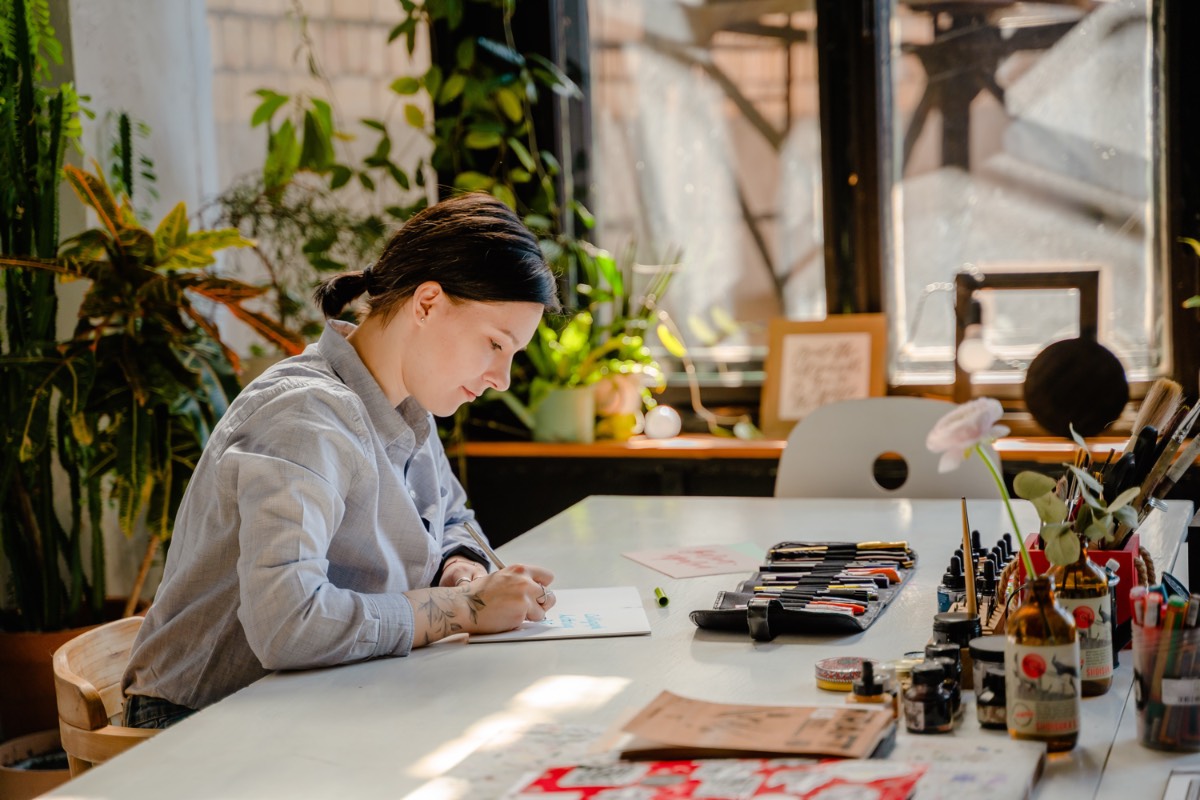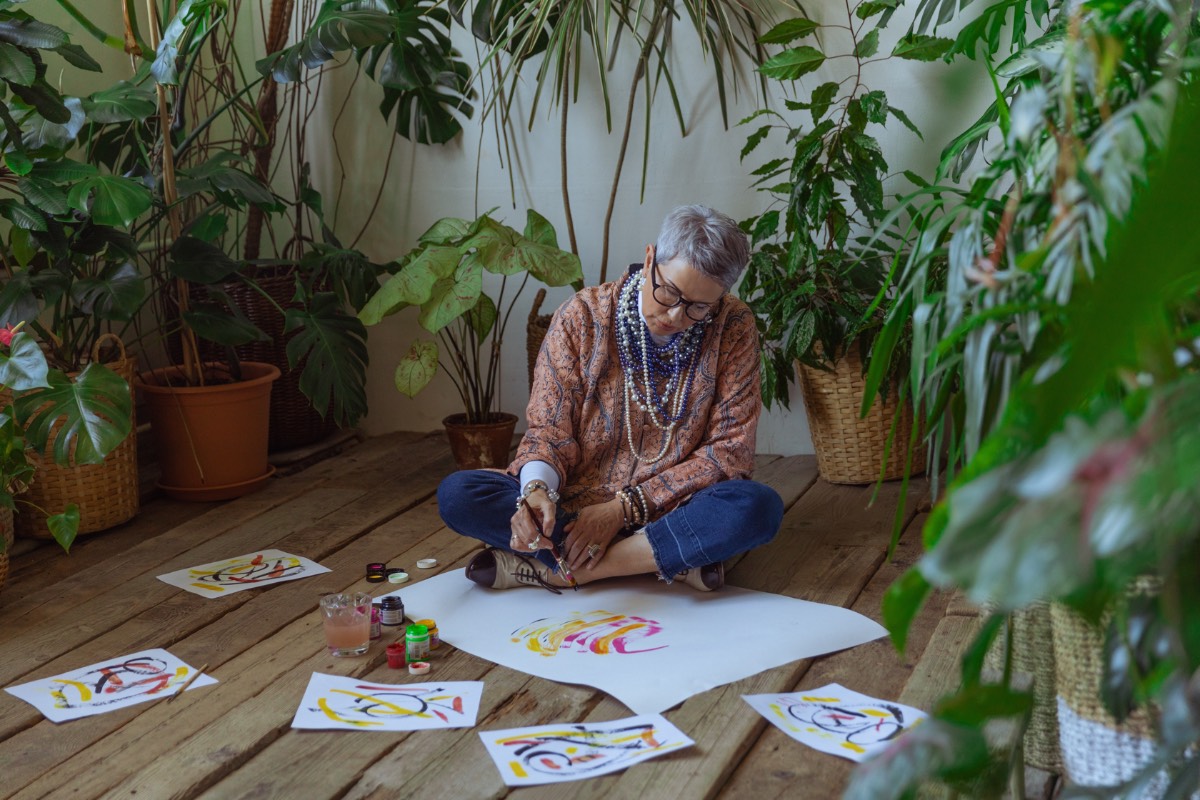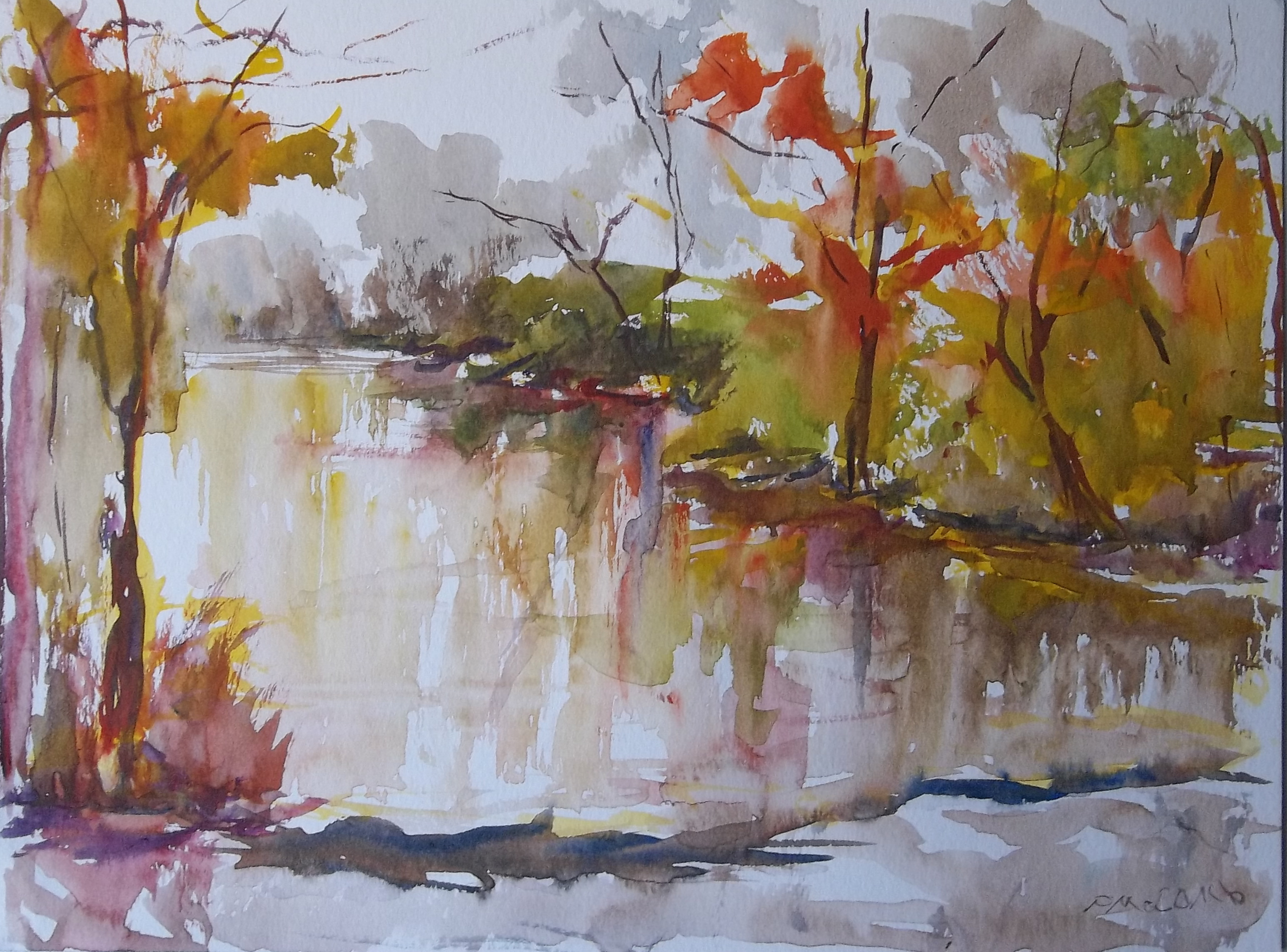By Daniel Grant

Artists want for many things in their careers — buyers, positive reviews, the right dealers, luck — but sometimes what they really need is money to pay the rent on a studio or to buy some art materials. Hoan Rahlan, a painter in Charlotte, North Carolina, with a newly minted Masters of Fine Art degree from the University of North Carolina Greensboro in 2021, had everything to look forward to but no money to get started. Added to that, a new baby limited her ability to work full time. “I wanted to continue to create art and improve my skills and techniques, and in order to do that I needed money to get more supplies and studio space,” she said. One of her professors recommended that she apply to the Arts & Science Council in Charlotte, North Carolina, which awarded her a $3,000 grant, enabling her to put down the first month’s rent, as well as “buy acrylic paints, oil paints, brushes, charcoals, canvas, spray paint, gesso, and an iPad for planning purposes.”
The Arts & Science Council, a private nonprofit organization, developed the Artist Support Grants program for the very purpose of helping artists like Rahlan who need a way to propel their careers forward. The grants aren’t fellowships, which pay an artist to pursue his or her long-time artistic goals, or project grants, which are given to support a specific artistic activity. Rather, they are awards that make a career in the arts more possible.
Professional development grants like these help pay for the practical requirements of an art career and are offered by most state — and many municipal — arts agencies, as well as a variety of private nonprofit organizations and foundations. The Vermont Arts Council, for instance, awards grants of between $200 and $2,000 to eligible artists living in the state for “activities that enhance mastery of an artist’s craft or skills, or that increase the viability of an artist’s business.” The Mayor’s Office of Arts and Culture in Boston, Massachusetts, offers grants up to $5,000 to resident artists that may be used to purchase art materials (including the cost of framing paintings for an exhibition), as well as the cost of conference, residency, and workshop fees. And the St. Paul, Minnesota-based nonprofit Forecast (which particularly looks to aid “BIPOC and Native artists, LGBTQIA+ artists, woman artists, immigrant artists, artists from rural communities, and artists with disabilities”) provides up to $5,000 for Minnesota artists seeking help to pay for “residencies, apprenticeships, conferences, travel, study, skill development, and the creation of project models or prototypes.”

What distinguishes professional development grants from most other project grants that arts funding agencies provide to individual artists and organizations is that recipients are not required to produce something for the community in exchange. Professional development grants are awarded purely for the benefit of the artists; they are microloans that need not be paid back.
Most of the applicants for the Artist Support Grants of the Arts & Science Council need equipment in order to produce their work. “They may need a new laptop or a new kiln; some need money to attend a conference somewhere,” said Krista Terrell, president of the Council. She called the program a success as it has “launched artists to create work and develop sustainable careers.”
Alison Konecki, an independent arts writer in San Francisco, was not looking to acquire a laptop or other supplies but, rather, advice. “In the arts, there often isn’t a clearly defined career path,” she said, but the $600 awarded to her through the San Francisco-based Center for Cultural Innovation’s Quick Grant program enabled her to pay for a series of sessions with career coach Yesenia Sanchez who helped Konecki in the areas of “organizational and business development and planning, financial literacy, time management, and work/life balance strategies,” she said.
Aiding artists to develop sustainable careers is as wide a mandate as there are artists, but what may be most remarkable about professional development grants is how broad the guidelines can be. In addition to the purposes described previously, the money can be used to hire contractors such as photographers to document one’s work, lawyers to incorporate one’s practice as a business, accountants to set up a financial management system, or website developers to create an e-commerce site. Letitia Quesenberry, a mixed-media artist in Louisville, Kentucky, received two professional development grants from the Louisville-based Great Meadows Foundation, which enabled her to travel to view artworks in galleries and museums in New York City ($2,000 in 2016) and Los Angeles ($2,900 in 2017), as well as meet other artists and dealers. “The trips expanded my circle and inspired me to push farther and harder,” she said. “I saw so much amazing artwork and met artists and curators, which led to other opportunities.”
Many artists mistakenly believe that only those working on a grand scale, such as public art or large-scale installations, or whose work is part of an avant-garde realm, such as social practice, apply for grants. “We often encounter resistance from artists who think that grants are too competitive or take too much time to fill out,” said Laura Poppiti, program director at the Center for Cultural Innovation, who referred to the organization’s $600 Quick Grants to artists throughout the state of California as “micro investments.” She noted that artists fill out a one-page application “that essentially asks ‘how will this money afford you business skills?’ ” In that case, what’s to lose?
Daniel Grant is the author of The Business of Being an Artist and regular contributor to PleinAir Magazine.
Ambassador of the Week: Peach McComb

“I painted Along the Little Harpeth on location at Warner Park here in Nashville, TN,” says Peach McComb. “I frequently paint plein air because I find it challenging and rewarding. Watercolor is such an immediate medium that I can sketch quickly and get the color notes and my thoughts down on paper before the light changes.”
Join our community of ambassadors from all over the world and help spread the word about American Watercolor. Invite your friends to subscribe and if five sign up, you can enter your work for the opportunity to be featured to thousands of subscribers in an upcoming newsletter.







